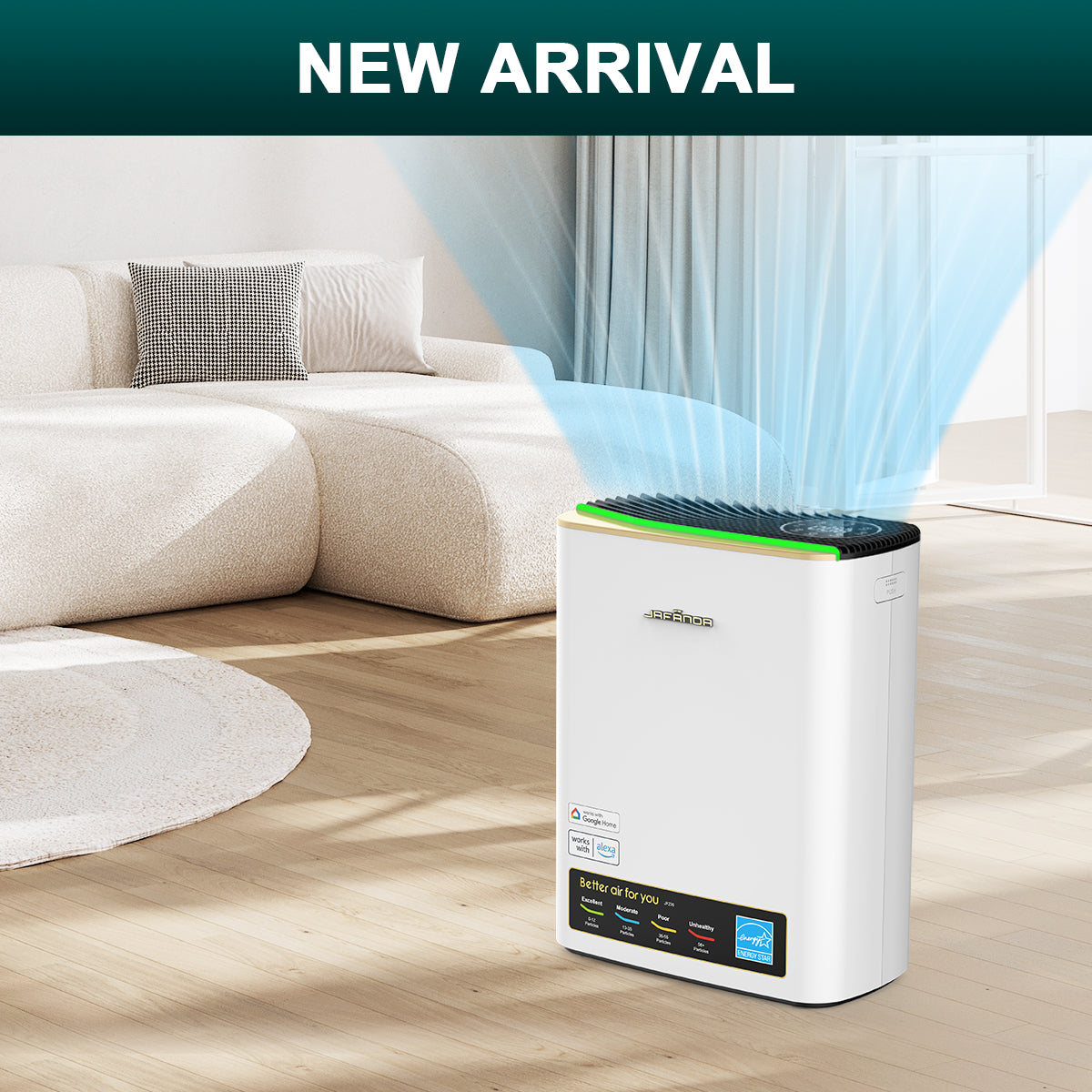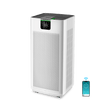Introduction
Do air purifiers work for smoke?
Smoke pollution poses significant risks to both outdoor and indoor air quality. During periods of smoke pollution, it is crucial to take proactive measures to protect our respiratory health. Air purifiers play a vital role in improving indoor air quality by effectively removing smoke particles and pollutants. Choosing the right air purifiers for smoke for your home is essential to ensure optimal performance and protection for you and your family.
Understanding Smoke Pollution and its Hazards: Smoke pollution occurs when particles and gases are released into the air from sources such as wildfires, industrial emissions, or burning of fossil fuels. These pollutants include fine particles, ash, volatile organic compounds (VOCs), and harmful gases. Exposure to smoke pollution can lead to respiratory issues, such as coughing, wheezing, and shortness of breath, as well as aggravate existing respiratory conditions and pose long-term health risks.
The Role of Air Purifiers in Combating Smoke Pollution: Air purifiers (Such as air purifier for copd)equipped with advanced filtration technologies, such as HEPA filters and activated carbon filters, are highly effective in capturing and removing smoke particles and pollutants from the air. HEPA filters trap small particles, including smoke particles, with a high efficiency rate, while activated carbon filters absorb harmful gases and VOCs associated with smoke pollution.
Choosing the Right Air Purifier: When selecting an air purifier to combat smoke pollution, consider the following factors:
-
Coverage Area: Determine the size of the room or area where you intend to use the air purifier. Choose a purifier that can adequately cover the square footage of your space to ensure optimal purification.
-
CADR Rating: Check the Clean Air Delivery Rate (CADR) of the air purifier. CADR measures the purifier's efficiency in removing smoke particles, pollen, and dust from the air. Look for a higher CADR rating for smoke to ensure effective smoke particle removal.
-
Filtration System: Opt for an air purifier with a multi-stage filtration system that includes a HEPA filter and activated carbon filter. This combination ensures efficient removal of smoke particles, VOCs, and odors.
-
Noise Level: Consider the noise level of the air purifier, especially if you plan to use it in bedrooms or quiet spaces. Look for models with a quiet operation mode or adjustable fan speeds.
-
Energy Efficiency: Choose an energy-efficient air purifier to minimize power consumption and reduce environmental impact. Look for models with Energy Star certification.
Conclusion: Smoke pollution can significantly impact indoor air quality and respiratory health. Selecting the right air purifier tailored to your home's needs is essential for effective smoke particle removal and maintaining clean indoor air. Consider factors such as coverage area, CADR rating, filtration system, noise level, and energy efficiency when choosing an air purifier. By investing in a quality air purifier, you can create a healthier living environment and protect your family from the hazards of smoke pollution.

References:
- "New York's Air Quality Ranked Among Worst in the World Amid Canadian Wildfires" [news report]
- The Hazards and Impacts of Smoke Pollution [relevant research report]











Leave a comment
All comments are moderated before being published.
This site is protected by hCaptcha and the hCaptcha Privacy Policy and Terms of Service apply.